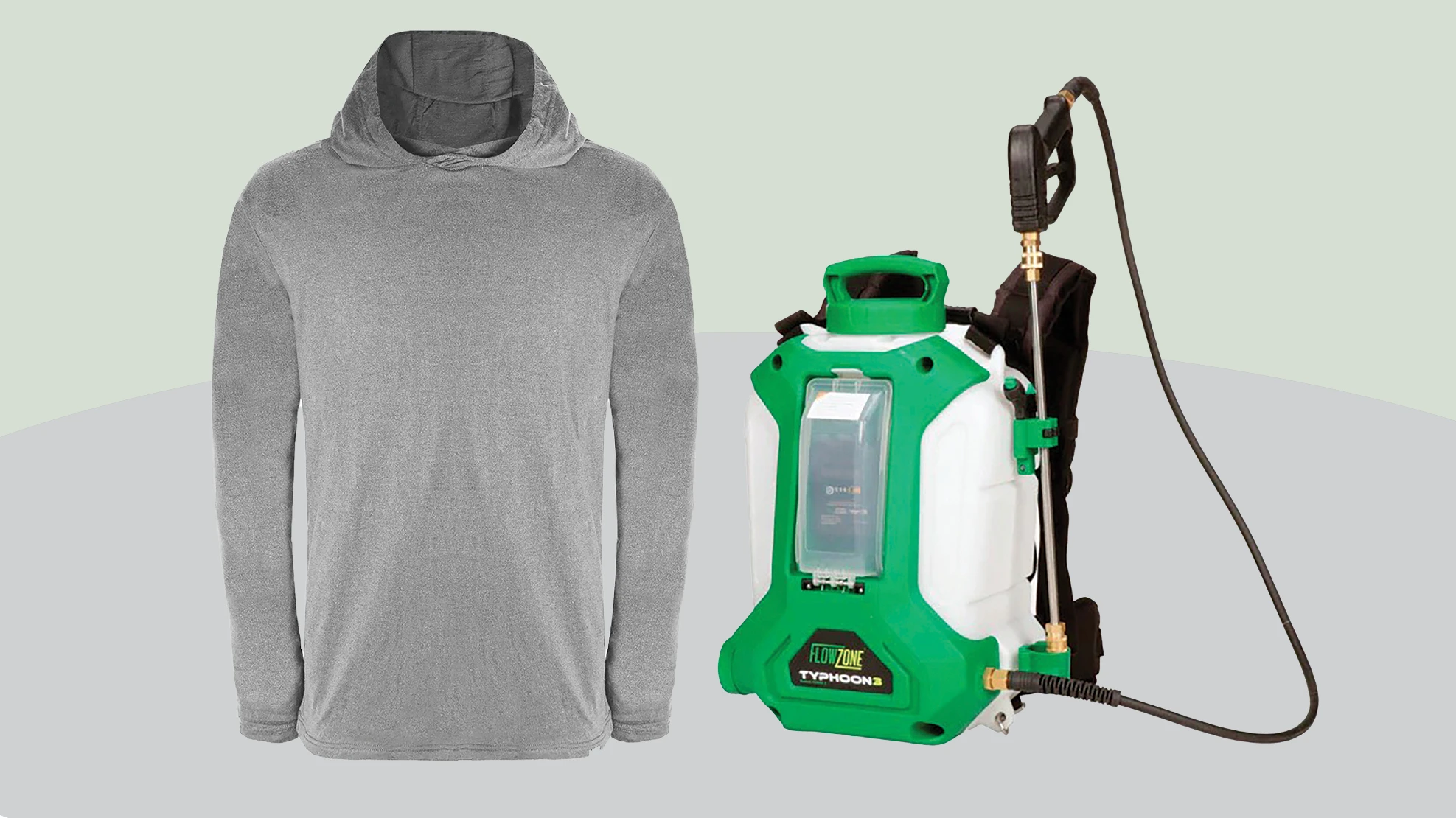
Greenhouse Management: What is lavender?
Green Leaf Plants: Lavender is an aromatic herb native to northern Africa and the mountainous regions of the Mediterranean. It’s grown as an ornamental plant or as an herb for its fragrance and the production of essential oil.
GM: Why use lavender?
GLP: In the landscape, as potted plants, or in mixed patio containers, lavender is used for its gray-green to silvery leaves and long-lasting blooms from May-August depending on species and geographic location. Lavender is available in hundreds of varieties and in many colors, from blue and purple to pink, white and bicolor. The plant’s foliage and flowers, when disturbed by wind or touch, provide a very pleasant fragrance. Use lavender along walks or near patios and stone walls where its scent can be appreciated and where it can benefit from the reflected heat. It’s perfect in herb gardens, formal gardens, rock gardens or as a low blooming hedge. Lavender can be combined with roses, irises, clumping perennial geraniums, salvia, low sedum or annuals such as cockscomb or portulaca. Pollinators are extremely attracted to the flowers, as they contain a lot of nectar. Pests such as rabbits and deer do not like the fragrance and tend to leave them alone.
GM: What are the distinct types of lavenders?
GLP: Lavender belongs to a plant family called Lamiaceae (previously Labiatae): the mint family. This family includes four main species. The Latin name for the lavender genus is Lavandula. The most commonly used “Lavandula” for ornamental purposes or oil production are:
- (English Lavender): hardy to Zone 5 or 6, blooms from June-August
- Lavandula dentata (French Lavender): hardy to Zone 7 or 8, blooms from June-August
- Lavandula × intermedia (Lavandin): hardy to Zone 5 or 6, blooms from June-August
- Lavandula stoechas (Spanish Lavender): hardy to Zone 6 or 7, blooms from April-June

GM: What are the top-selling varieties of lavender and what makes them popular?
GLP: Primavera (blooms from last freeze to first frost), Phenomenal (disease resistant), Hidcote (compact), Super Blue (deep purple color), Anouk (reblooming), Munstead (fragrant) and Grosso (butterfly magnet).
GM: What does lavender require as an ornamental plant for the landscape?
GLP: While lavender will tolerate drought once established, they bloom best if not allowed to dry out. Plants require full sun and well-drained soil for best performance, especially through winter. Lavender grows well in rocky or sandy soils, so do not overfertilize or use overly organic soil. Some challenges with lavender can be fungal rot from soil that is too wet, or a climate that is too humid. There are many excellent varieties with unique color variations, growth habits and fragrance features that it is clear that one size does not fill all. Starter plants are available in many forms. Most are from vegetative cuttings and do not require vernalization. For the commercial grower, start with quality cuttings in well drained media and avoid overhead watering. The plants benefit from good air movement and high light with night temperatures between 55°-65°F. Most finish well in a 1-gallon pot.

Explore the May 2022 Issue
Check out more from this issue and find your next story to read.
Latest from Greenhouse Management
- The Growth Industry Episode 3: Across the Pond with Neville Stein
- A nation of gardeners: A history of the British horticulture industry
- How Izel Native Plants is solving the native plant conundrum
- Trends: Proven Winners 2025 perennial survey shows strong demand
- Online registration opens for 2025 Farwest Show
- Cashing in with customization
- The Ball Seed Difference
- Lawsuit challenges new H-2 visa rules







